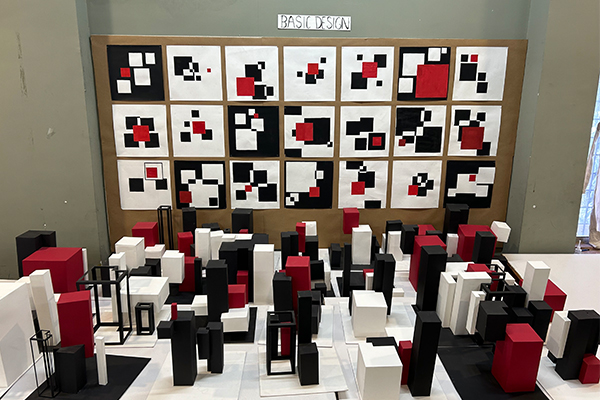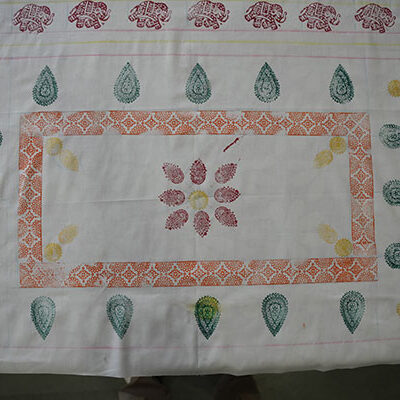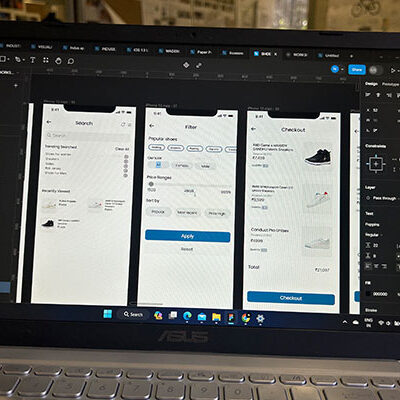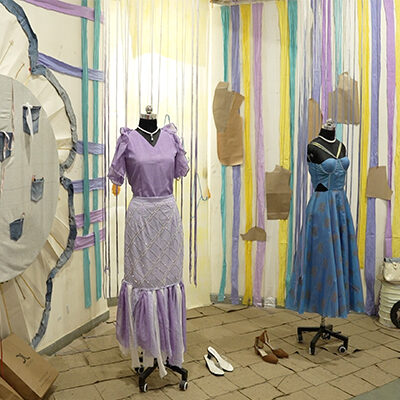M.Des in Interior Design
Embark on an inspiring journey into the world of interior design excellence with our Master of Design in Interior Design program (M.Design in Interior Design) at Indus School of Design. Renowned for its commitment to innovation and creativity, our Masters in Interior Design Program offers a dynamic curriculum blending design theory, spatial planning, and advanced technology. Led by industry experts, students delve into the intricacies of creating captivating interior spaces that harmonize aesthetics with functionality. From concept development to project execution, students engage in hands-on studio projects, collaborative workshops, and industry internships, honing their skills as versatile and visionary interior designers. Join us and unlock your creative potential, shaping the future of interior design with the Best M.Design Course tailored to fuel your passion and propel your career to new heights.
What you must learn to become a Interior Designer?

To become a proficient Interior Designer, you must acquire a diverse set of skills and knowledge. Firstly, understanding design principles such as colour theory, spatial arrangements, and proportion is crucial for creating aesthetically pleasing spaces. Proficiency in space planning, architectural drafting, and building codes ensures functional and safe interior environments. Knowledge of materials, finishes, and furnishings allows for informed selection and specification to achieve desired aesthetics and performance. Additionally, mastering design software such as AutoCAD, Sketch Up, or Revit facilitates the visualization and communication of design concepts. Effective communication and interpersonal skills are essential for collaborating with clients, architects, contractors, and other stakeholders throughout the design process. Furthermore, staying updated on industry trends, sustainability practices, and emerging technologies ensures relevance and innovation in the dynamic field of interior design.
Key Learning Areas
1. Design Fundamentals: Understand design concepts, colour theory, and spatial arrangements.
2. Technical Skills: Learn to use industry-standard software for drafting and 3D modelling.
3. Material and Fabric Knowledge: Discover the many materials and fabrics used in interior design and learn how to choose them based on usefulness and beauty.
4. Project Management: Learn how to efficiently plan and execute interior design projects.
5. Architectural Drafting: Learn how to design exact and detailed architectural drawings, such as floor plans, elevations, and sections.
6. Spatial Planning: Learn the fundamentals of spatial organization, circulation, and zoning to improve the functionality and flow of indoor areas.
7. Sustainable Design Practices: Incorporate environmentally conscious design ideas, such as sustainable materials and energy-saving solutions, into your designs.
8. 3D Modelling and Visualization: Learn how to utilize 3D modelling software to produce realistic visualizations of interior spaces, allowing clients to see the finished design before it is implemented.
9. Rendering Techniques: Learn various rendering techniques, such as hand-drawing and digital rendering, to effectively communicate design concepts to clients and stakeholders.
10. Project Documentation: Master the skill of developing thorough project documentation, such as design briefs, specifications, and schedules, which is critical for successful project management.
Career Paths
- Interior Designer
- Exhibition Designer
- Lightning Designer
- Furniture Designer
- Set Designer
- Color Consultant
- Production Designer
- Space Designer
- Scenic Designer







